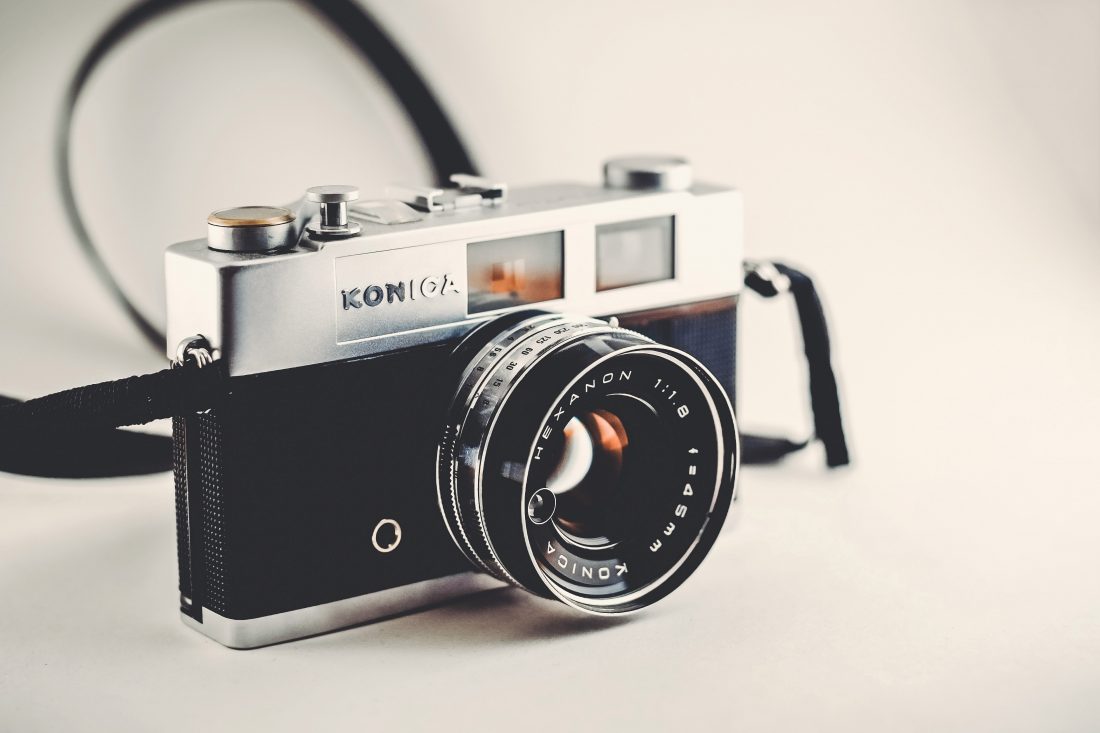
Canon F-1n: An Ode to Classic Photography
To fully appreciate today’s sophisticated digital cameras, it’s essential to look back at their analog ancestors. Enter the Canon F-1n, a camera that has left an undeniable mark in the realm of photography. But what is the Canon F-1n?
What is the Canon F-1n?
The **Canon F-1n** is an upgraded version of the already legendary Canon F-1, a single-lens reflex (SLR) film camera. Introduced in November 1981, the F-1n was Canon’s high-end professional camera, known for its ruggedness, reliability, and comprehensive system of accessories and lenses.
A Journey Back in Time: My Personal Experience with Canon F-1n
When the Canon F-1n was released, its price tag was a hefty 185.000 Yen. Considering the era, this was undoubtedly a significant investment. However, as someone who has used the Canon F-1n extensively over the years, I can assure you it was worth every penny.
My initial introduction to the Canon F-1n was through a mentor who was a professional photographer back in the ’80s. As a young, aspiring photographer, the robust metallic casing of the Canon F-1n immediately caught my eye. The weight of the camera held a certain reassuring heft, suggesting a piece of equipment that could handle the rigors of professional photography.
Using the Canon F-1n, I found the viewfinder incredibly bright, clearer than most other cameras I had used previously. The camera also offered interchangeable focusing screens, a feature that allowed me to customize the viewfinder to suit my shooting requirements.
Canon F-1n: Key Features and Performance
The Canon F-1n was revered for its robustness and modularity. The durable construction of the F-1n made this camera a favorite among photojournalists and professional photographers who worked in challenging environments.
Key features of the F-1n include:
– *Interchangeable viewfinders and focusing screens*: This feature catered to a broad range of shooting styles and preferences, offering a high degree of customization.
– *Mechanical shutter*: Even in the absence of a battery, the camera would still function, highlighting the F-1n’s reputation as a reliable, “always ready” camera.
– *1/2000s maximum shutter speed*: This made capturing fast-moving subjects a breeze.
Despite these advanced features, it’s crucial to remember that the Canon F-1n is a film camera and doesn’t integrate with smartphones or digital platforms. It’s a camera that requires a hands-on, intimate approach to photography, making tangible the process of capturing moments.
In conclusion, the Canon F-1n truly stands as an iconic masterpiece in the world of film photography. Although it holds a nostalgic place in the hearts of many photographers, its legacy continues to inspire the way we approach and appreciate photography today. This discussion of the F-1n serves to remind us of the roots from which our modern technology has sprouted, and how far we’ve come in this visual journey.
References:
– “Canon Camera Story 1981-1985”, Canon Camera Museum.
– “F-1”, Camera-wiki.org.
– “Canon F-1n”, Photographyblog.com.
